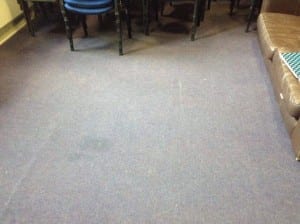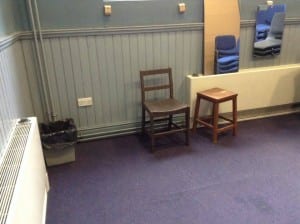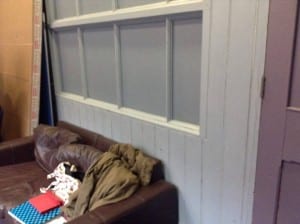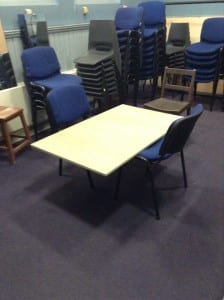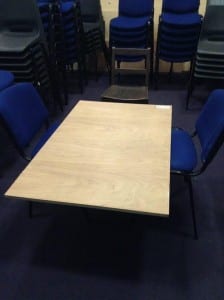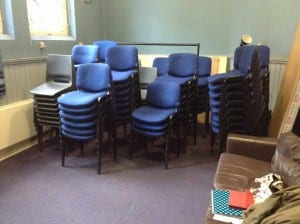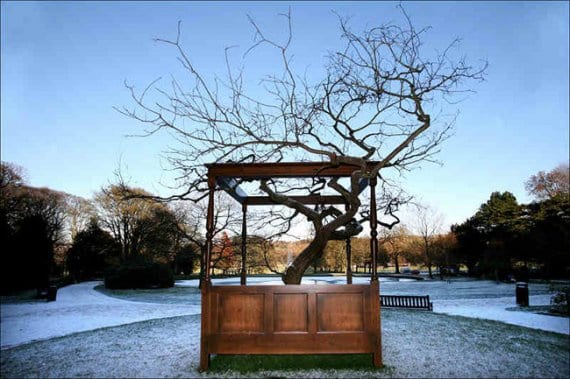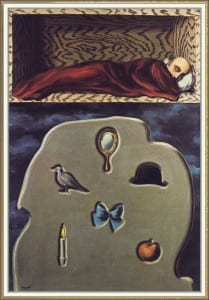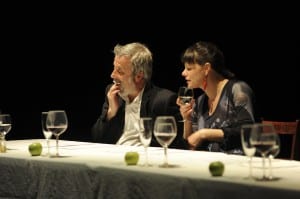These are the notes that I found and used for my presentation on Blast Theory and their use of technical aspects and technology as a whole.
Blast Theory
Est. 1991 and they are based in Brighton, UK
Founded by Matt Adams, Niki Jewett, Will Kittow and Ju Row Farr. The group is currently led by Matt Adams, Ju Row Farr and Nick Tandavanitj.
51 notable works between 1991 and 2015 and have won many awards including an interactive arts BAFTA award.
Genres of performances
The genres of their performances are listed as so Audio, Gallery-Museum, Games, Live, Mobile, Online, Video & Our Research
A lot of their performances also cross over genres
Soft Message
Comes under the genres of audio and mobile
The calls catch people drunk at parties, in art galleries and out on the street. We hear them arguing, shouting at their cats or as their friends grab the handset. They open their lives to the listener, they reveal secrets and declarations of love. From the first call to a Mancunian goth pretending to be Romanian we follow these four people through a week in their lives as they open up to us.
The conversations use the intermittent, slow motion nature of the interview to explore the things that are rarely said and rarely heard. Most importantly, we hear the voices of people alone, confessing, contemplating, and opening up to the absent interviewer.
The programme explores the ways in which radio and telephones lend themselves to a certain kind of intimacy. The programme asks how is the rise of the mobile phone affecting how we talk to each one another and what does it mean to talk to strangers?
The programme was broadcast on BBC Radio 3 at 10pm on Thursday 7th December 2006.
Fixing point
Genres are audio live and mobile
Fixing Point is an audio walk about Seamus Ruddy made in collaboration with electronic musician Clark. This work was first shown at Snape Maltings in Suffolk. The Maltings focus on a programme of classical music in an idyllic rural setting. However the area has a strong military history with experimental installations at Orford Ness and an American nuclear base at Bentwaters.
Building on these contexts Ju Row Farr conducted an interview with Anne Morgan about her brother Seamus Ruddy. He was killed in 1985 by members of the Irish National Liberation Army in Paris. His body has never been found but is believed to be in a forest in France. He is one of a number of victims who disappeared and relatives are still anxiously hoping to find news of their loved ones. Anne speaks movingly about Seamus and what it is like to wait 26 years for news that never arrives.
To take part in Fixing Point you walk to a wood wearing headphones connected to a smartphone. The screen shows a map of the area and audio recordings are hidden in the wood. You explore the wood to reveal the recordings and learn more about Seamus. Each recording is also marked by a metal fixing point which is screwed into the ground leaving a galvanised steel ring visible above the surface. Blast Theory Associate Artist Jon Sutton created the Android application.
This work was premiered on 28th May 2011.
Too much information
Genres are audio live and mobile
Use a smartphone to find audio recordings of secrets and intimate moments hidden around the streets of Manchester, set to a score by Martyn Ware of The Human League and Heaven 17 fame.
Too Much Information is an audio walk around the streets of Manchester, based on a series of frank and funny conversations between two groups of people at very different stages of their lives – a group of young adults and a group of over 60s.
Posing some seemingly awkward questions, Blast Theory Artist Ju Row Farr and Associate Artist Niki Woods worked over a series of 3 intensive workshops with two groups at the Royal Exchange Theatre. The two groups had never met and under normal situations, would be highly unlikely to have such personal conversations with each other.
Too Much Information explores our expectations of young and old people, it looks at different life experiences and what we can enjoy and learn from each other from different points in our lives. As you walk around the centre of Manchester these shared revelations are set to specially commissioned soundscore by Martyn Ware.
This is the second piece of work Blast Theory has created in partnership with the Royal Exchange Theatre, following on from 2013’s My Neck Of The Woods.
